fig varieties for S. Florida
ATEF
12 years ago
Related Stories

HOUSEPLANTSPlay Up Some Fiddleleaf Figs for a Lively Indoor Tune
Strike a dramatic chord in a minimalist scene or a country note in a rustic setting — fiddleleaf fig plants harmonize with any style
Full Story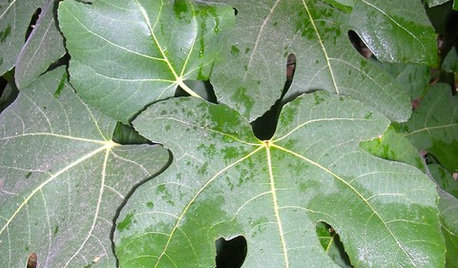
GARDENING GUIDESGreat Design Plant: Common Fig
A full form and delicious fruits make this Middle Eastern tree a favorite in gardens around the world
Full Story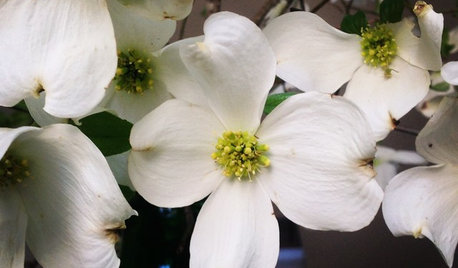
GARDENING GUIDESGreat Design Plant: Cornus Florida Benefits Wildlife
Flowering dogwood provides fiery red foliage in fall and beautiful springtime blooms
Full Story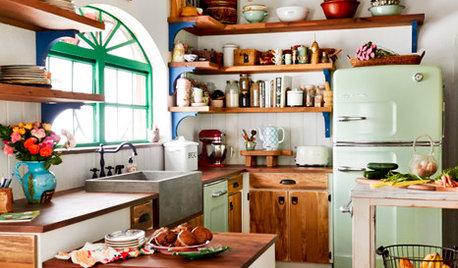
HOUZZ TV FAVORITESHouzz TV: Animals, Love and Color on a Florida Farm
Farm-fresh style is just right for this family of 6 — and their horses, dogs, cats, chickens, zebus, birds and pig
Full Story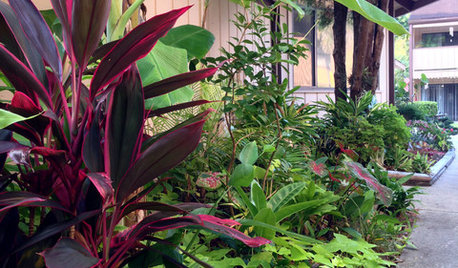
GARDENING GUIDESA Mom, a Garden and a Gift for the Neighbors
Gardening can be therapeutic in unexpected ways. See how one gardener found peace and purpose in a patch of Florida soil
Full Story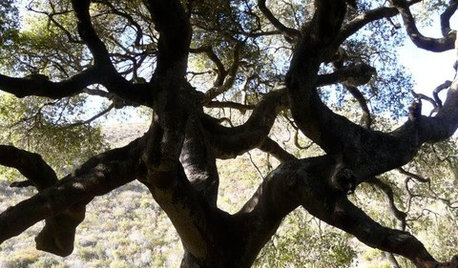
GARDENING AND LANDSCAPINGArbor Day Applause: Iconic Los Angeles Trees
Step aside, palm trees. California's native trees offer landscapes a huge variety of styles, personas and foliage
Full Story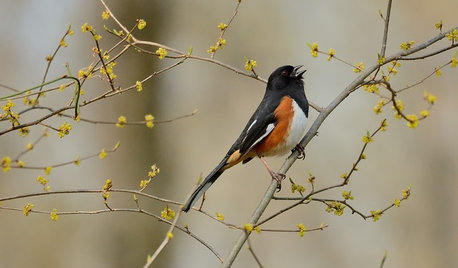
GARDENING GUIDES10 Standout Native Shrubs and Small Palms for Southern Gardens
These hardworking plants serve a variety of purposes, such as screening views and attracting native wildlife
Full Story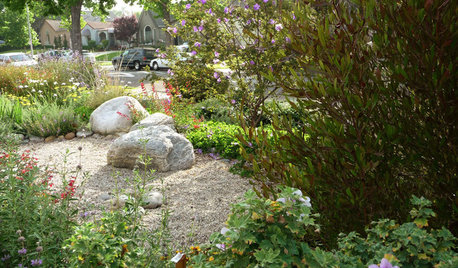
GARDENING GUIDESGreat Design Plant: Dodonaea Viscosa
Florida hopbush’s lush foliage adds beauty to the arid landscape, while its size provides screening and privacy
Full Story
DECORATING GUIDESRoom of the Day: Ocean Inspires a Light and Breezy Design
Thanks to a remodel, this coastal Florida living room now speaks of sunny skies and sandy beaches
Full Story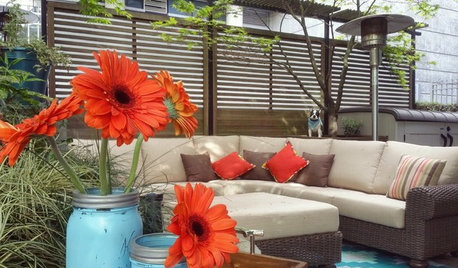
LANDSCAPE DESIGN10 Compact Decks, Patios and Porches for Making Memories
From Florida to Hawaii, Houzz readers show us how they capitalize on their petite outdoor spaces
Full StoryMore Discussions






ben_in_sofla
Related Professionals
Clark Landscape Architects & Landscape Designers · Wakefield Landscape Contractors · Bound Brook Landscape Contractors · Columbine Landscape Contractors · Fridley Landscape Contractors · Paramount Landscape Contractors · San Bruno Landscape Contractors · Dorchester Center Decks, Patios & Outdoor Enclosures · Lenexa Decks, Patios & Outdoor Enclosures · Beaverton Fence Contractors · Fountain Hills Fence Contractors · Lincolnwood Fence Contractors · North Miami Beach Fence Contractors · Park Ridge Fence Contractors · Redondo Beach Fence Contractors